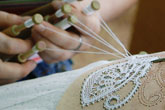Why walk when you can float? The enduring elegance of the sarafan
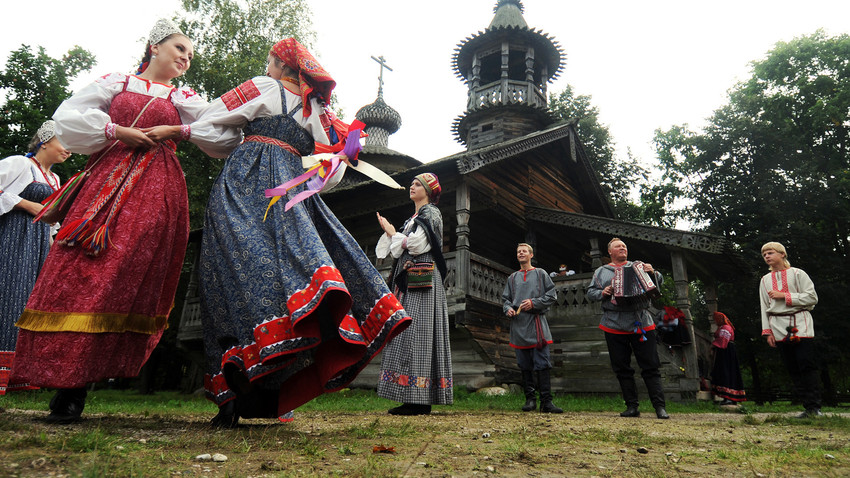
Traditionally, sarafans were mostly worn in the country's central and northern regions.
Konstantin Chabalov/SputnikA bit of history
Historians differ on the origins of the
Until the 17th century, both women and men wore the
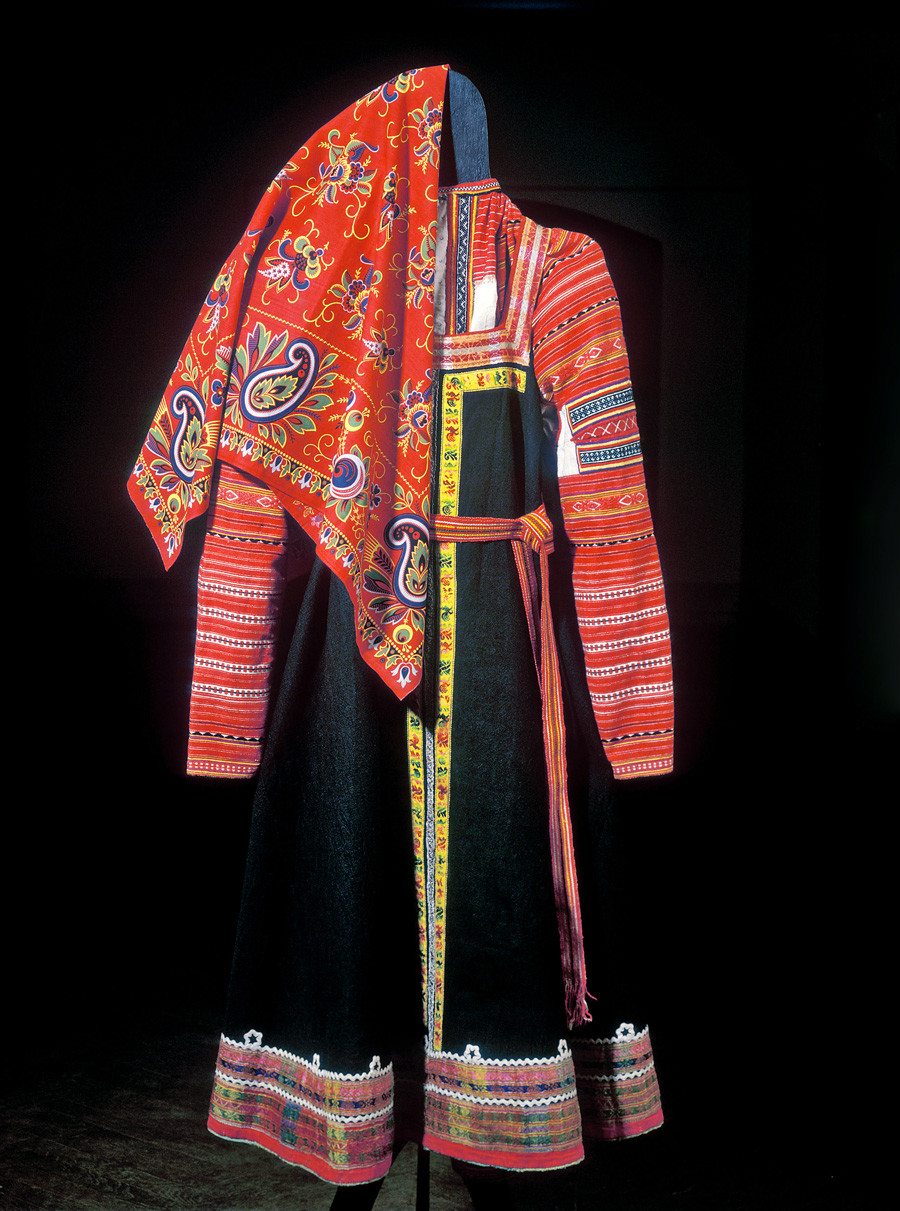
A trapezoidal sarafan was made by joining two pieces of fabric with wide inlays on the sides, which produced a visibly simple shape.
Vladimir Vyatkin/SputnikThe decorations demonstrated the woman's social status and her financial standing. For instance,
Peasant and lower
There are sarafans and sarafans
There were three especially popular models of the
A trapezoidal sarafan was made by joining two pieces of fabric with wide inlays on the sides, which produced a visibly simple shape, which in fact had a hem of up to 80 cm long and created the impression that the woman was floating rather than walking.
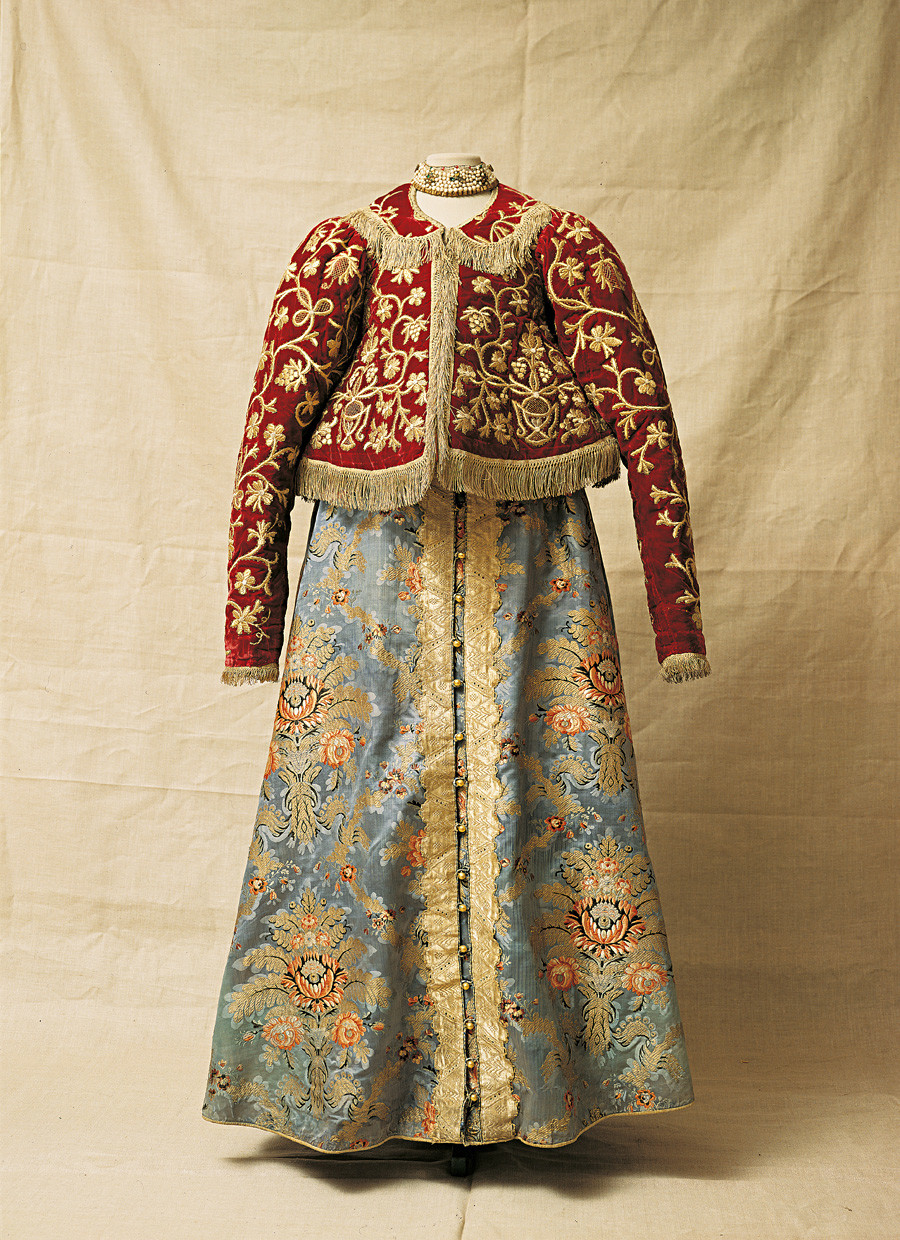
The decorations demonstrated the woman's social status.
Getty ImagesAt one time in the late 18th century, a variation of this traditional sarafan gained popularity: It had a wide strip with buttons going down the front, which served not only for fastening but also as a decoration when adorned with braid or ribbons, while the buttons could even be made of gold.
The straight "Moscow" sarafan was a dream for any lazy tailor: It consisted of two straight pieces of fabric joined together and gathered at the top to fit the woman's figure.
The bodice sarafan was one of the most fashionable and "modern" models. A full skirt was attached to a close-fitting bodice. The bodice often had a lining, called a
Traditionally, sarafans were mostly worn in the country's central and northern regions. There were variations in styles even between neighboring provinces. For example, in the Arkhangelsk Region, preference was given to trapezoidal sarafans made of silk, plain or with a floral pattern, most frequently with thin shoulder straps, less frequently with a row of buttons down the front, decorated with lace made of gold thread, buttons, and braid. Festive sarafans were made of red calico and blue homespun linen with ribbons sewn on top.
In the Vologda Region, the fashion prescribed straight sarafans made of various homespun fabrics, and later
Different varieties of the
A fashion phoenix
From the 18th century onwards, the popularity of the sarafan began to wane. First, Peter the Great ordered all courtiers to wear European dress and the
After the Bolshevik Revolution in 1917, the
The sarafan got a new lease of life in the
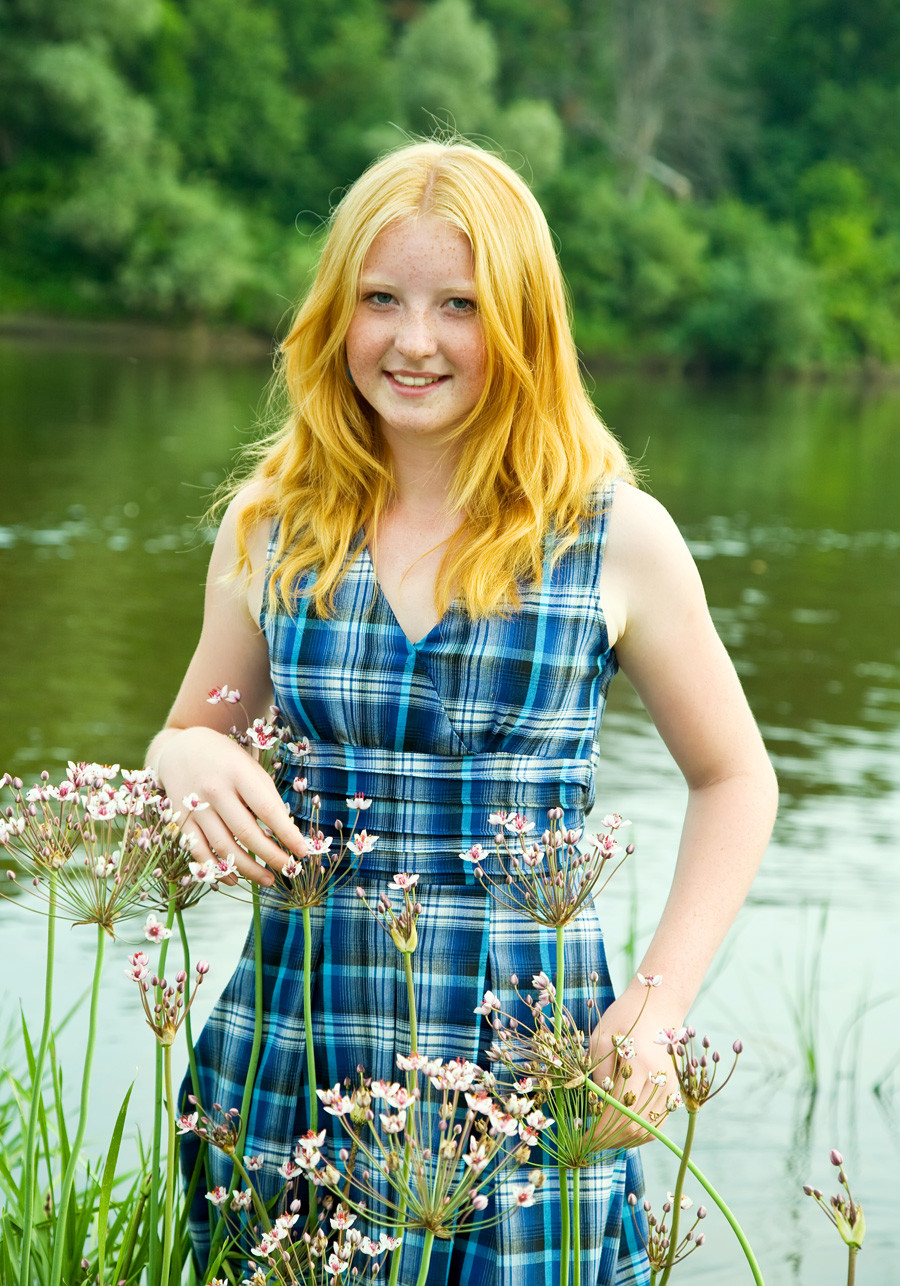
In the 1970s, ethnic styles were all the rage in Soviet fashions.
Legion MediaWith the arrival of the 1960s, the sarafan entered its modern golden age. No successful, slender and intelligent young woman could imagine a life without a short straight shift dress that could be worn on its own or, if it came in a warmer fabric, over a blouse or a turtleneck.
Fashion magazines were full of sweater dresses stylized to look like the old Russian sarafan, decorated with braid and embroidery and accessorized with a small headscarf.
In the 1970s, ethnic styles were all the rage in Soviet fashions, and many women wore bright long sweater dresses. Real fashionistas were bold enough to come to work in denim sweater dresses adorned with frivolous "wings" on the straps worn over a turtleneck. Closer to the early 1980s, the jumper dress of choice was a brightly-colored calico variety with a flowing or a voluminous skirt.
These days, just like many centuries ago, a Russian woman, unless she is hopelessly addicted to pants, has at least one sweater dress in her wardrobe. The most popular are light summer varieties of all shapes and styles.
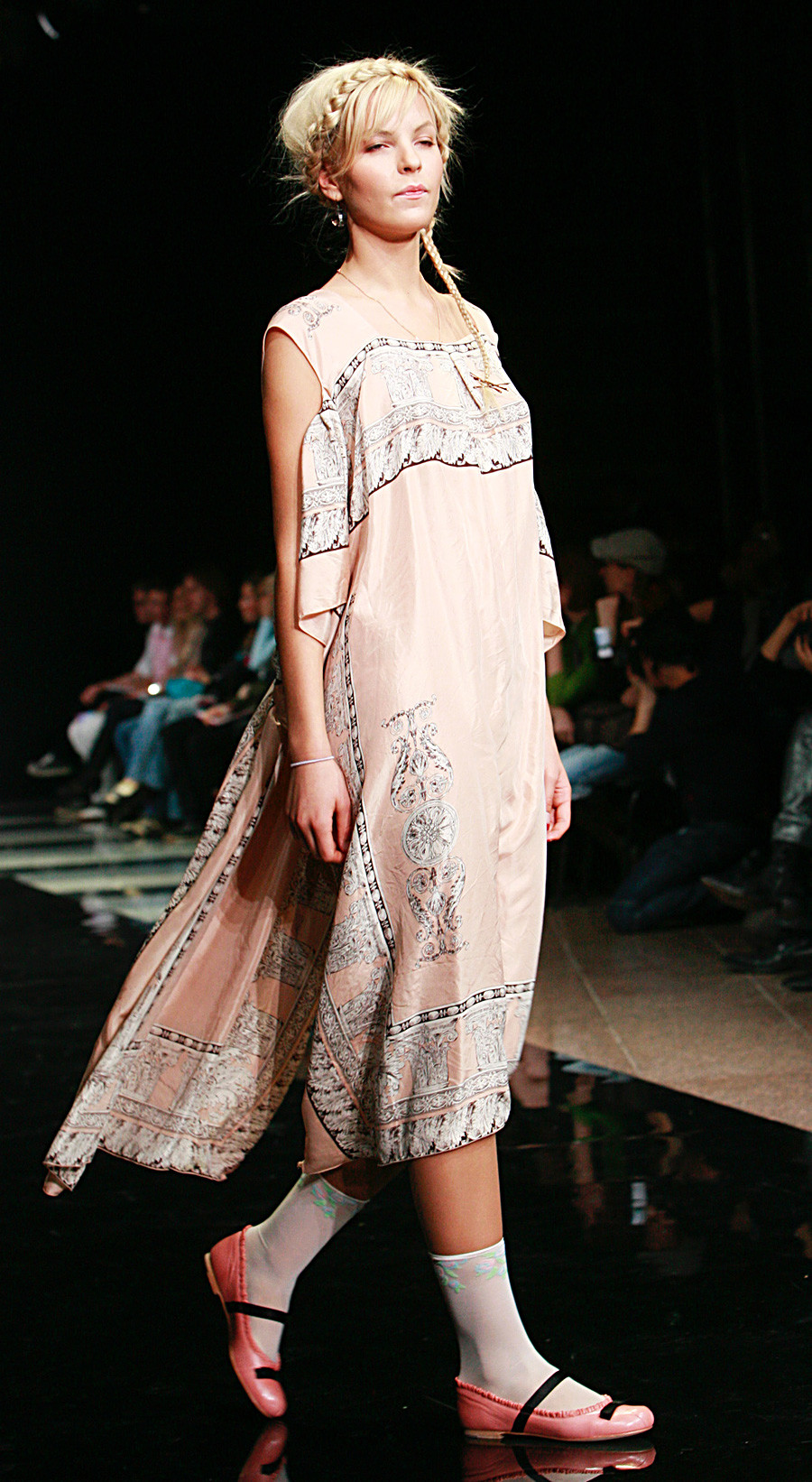
Today designers offer fashionistas to back to traditional Russian dress.
PhotoXPressSweater dresses also often feature in the modern corporate dress style. It is a pity though that the modern rhythm of life no longer allows women to move at a pace that would look as if they were floating rather than walking.
All rights reserved by Rossiyskaya Gazeta.
Subscribe
to our newsletter!
Get the week's best stories straight to your inbox
